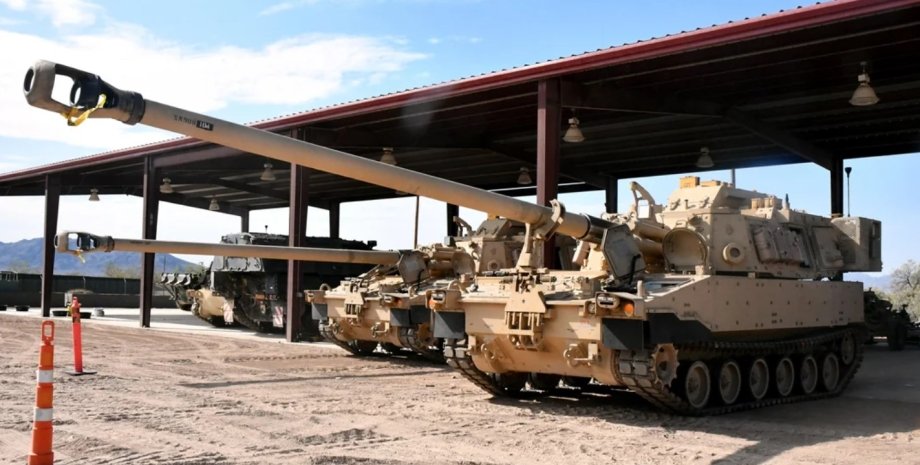
 By Natali Moss
By Natali Moss
Thus, the XM1299 self -propelled howitzer, developed by Bae Systems, will not be adopted by the US Armed Forces, Defense News reports. As the Assistant Minister of the US Army Minister for Procurement, Logistics and Technology of the Arc Bush said at a briefing, work on the prototype of the SAU XM1299 ended last fall, after which the field tests began. "We have completed work to create a prototype last fall. Unfortunately, it was not successful enough to start production immediately," Bush said.
Based on the official of the official, the decision was made on the results of polygonal tests, during which problems with excessive wear of the barrel and other technical disadvantages were noted. Despite the promising characteristics, such as increased load capacity and new types of ammunition, including jet shells, the program has not achieved the expected results. The XM1299 SAU had to replace the outdated cannons of the M109 family, having a greater firing range and impressive ability.
However, despite the advanced technological solutions, the program has encountered a number of difficulties, including problems with the durability of the trunk and the efficiency of special ammunition. Such a step in the US Army marks the completion of the next M10 self -esteem. The new system was distinguished by the main tool XM907 with a barrel of more than 9 meters compared to 6 meters L/39 in the M109A7 SAU. This made it possible to reach the range previously inherent in reactive artillery.
Using KhM1113 with a jet driver, the Hubitsa KhM1299 was amazed at a distance of 70 km, and a special sub-caliber ammunition Khm1155-CC could accurately hit the objects at a distance of 110 km. Despite the failure of the XM1299 program, many of the developed technological solutions can be applied to existing artillery systems to improve their efficiency and range.
At the same time, this indicates the need for further research in the field of artillery development, especially in the context of changing combat conditions and new technological challenges. Defense 24 observers note that the potential for further development of fire with special ammunition is questionable, especially in the context of the requirements for their durability and efficiency.
However, the completion of XM1299 does not mean the end of the search for new solutions, but rather is the starting point for further technological research in the field of artillery. The war in Ukraine has shown that the ability to make many thousands of shots to replace the barrel becomes a decisive factor, especially in conflicts, where artillery plays a key role.
Therefore, in spite of the failure of the XM1299 program, the study of new technologies in this field will be continued to provide the Armed Forces with effective and comprehensive fire support in future operations. In conclusion, it should be noted that, despite the fact that XM1299 may be on the garbage of history, many elements of this program will remain in service, and the elongated lessons will be useful for future artillery projects.


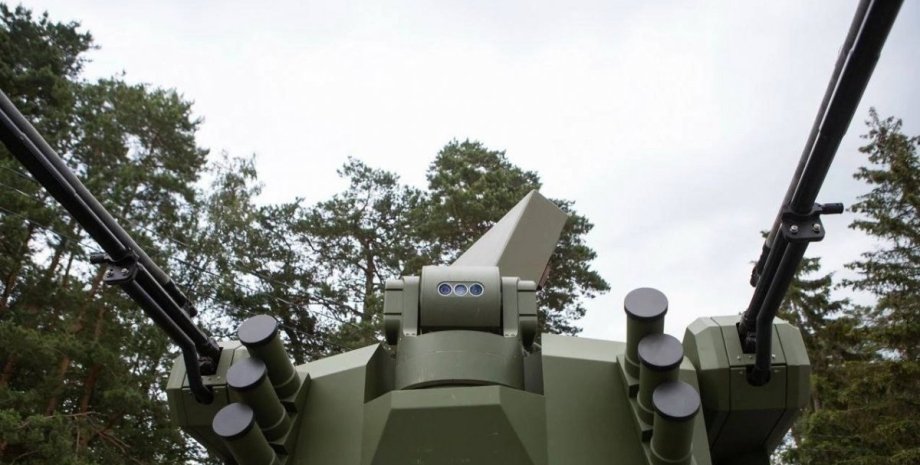

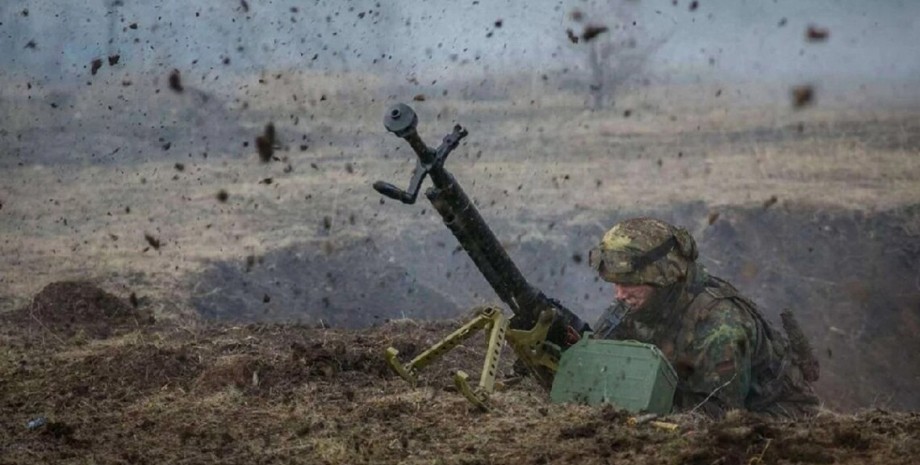

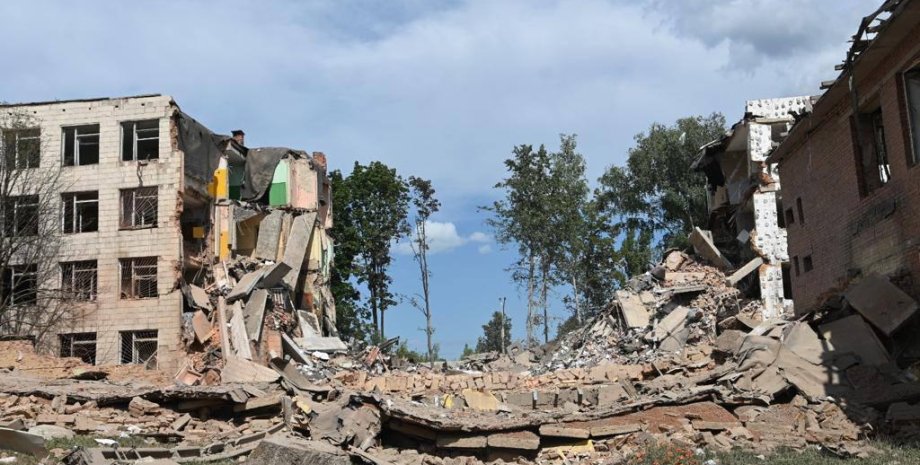
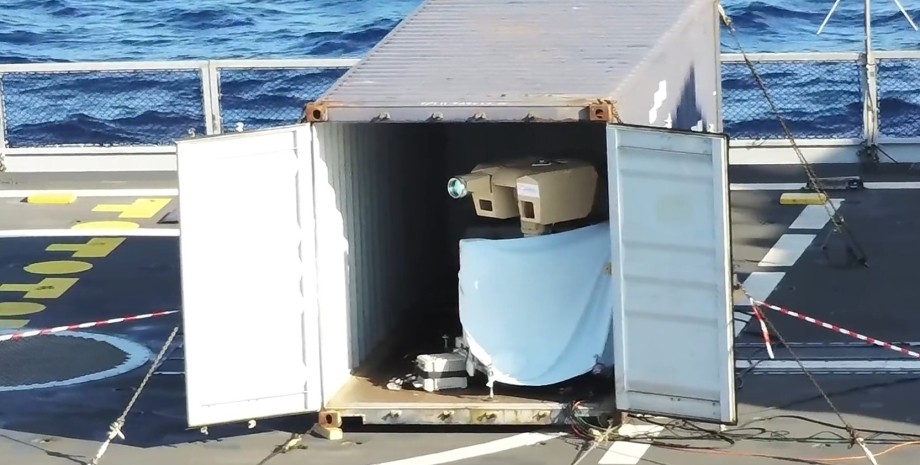


All rights reserved IN-Ukraine.info - 2022